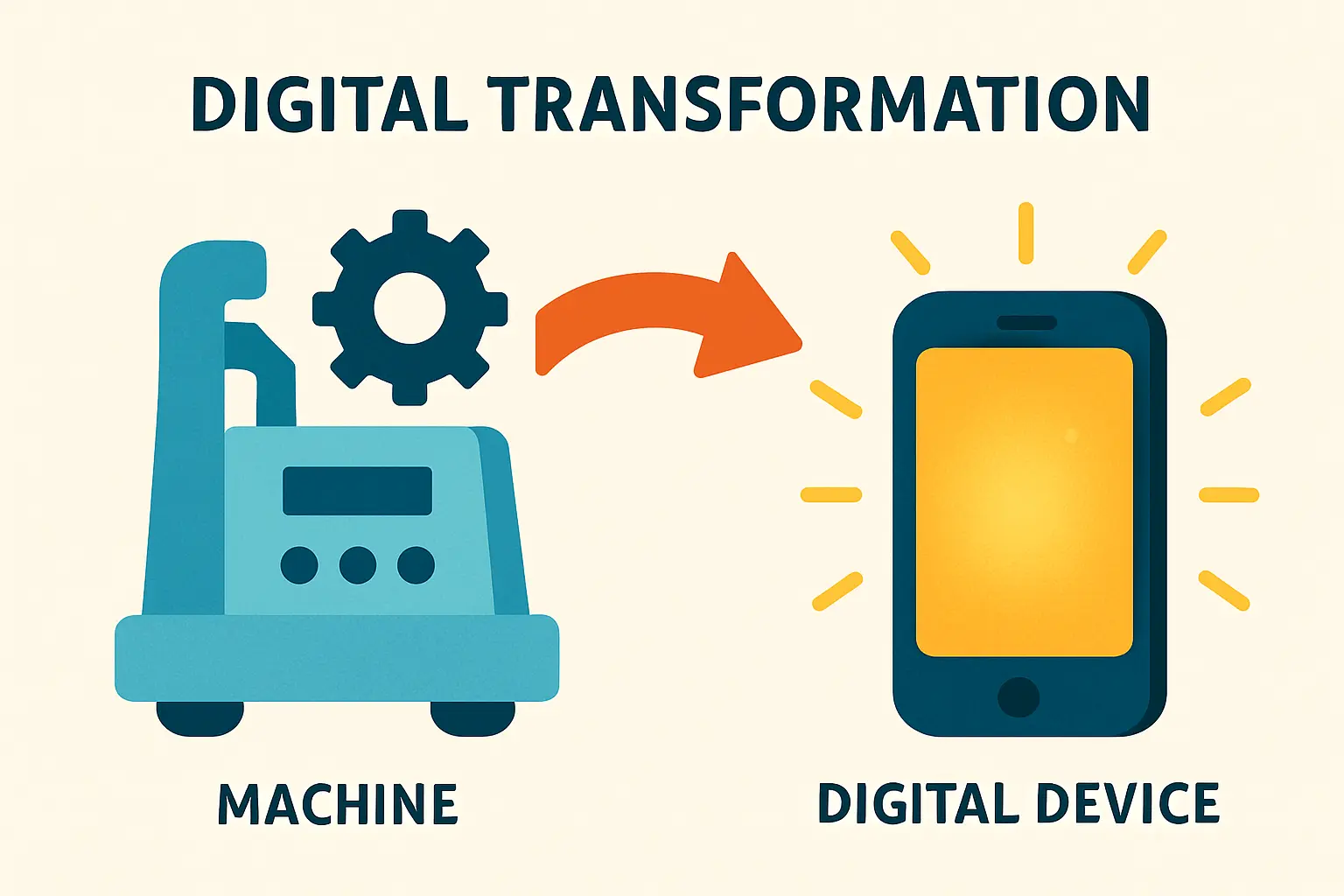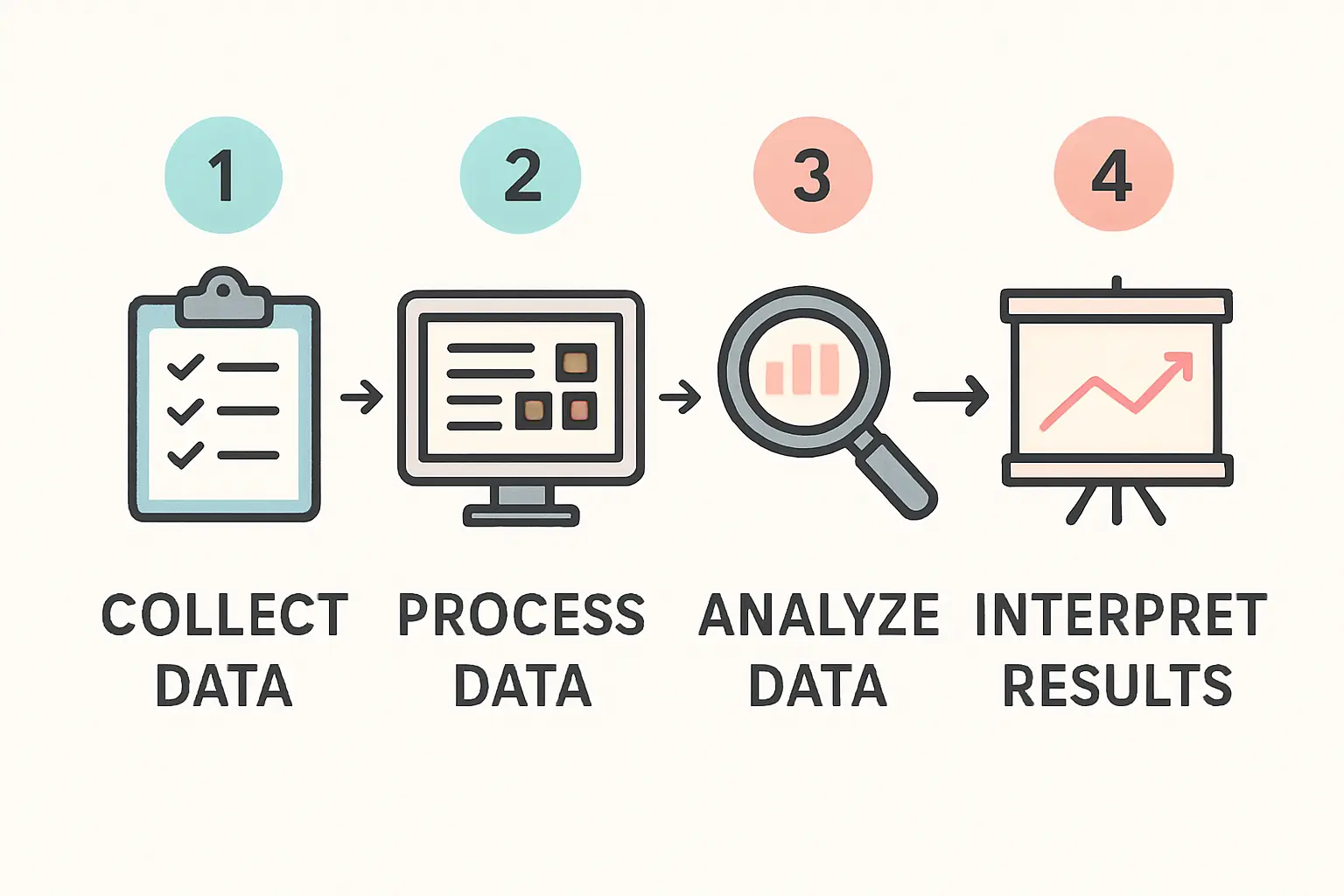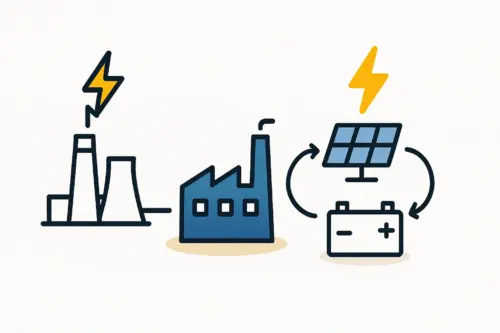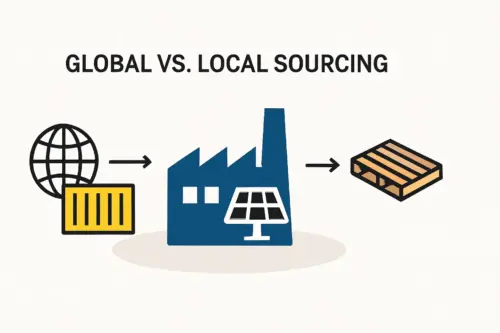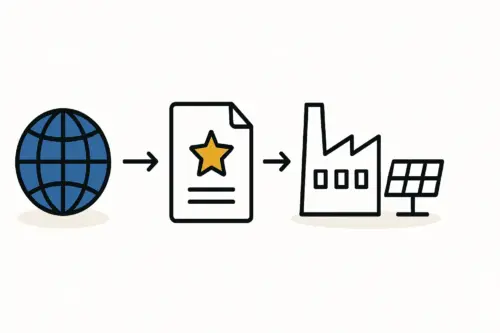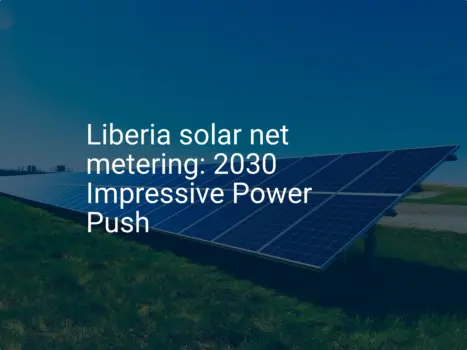An entrepreneur considering a solar module factory in Liberia might look at the country’s industrial landscape and initially see a challenge. With an economy historically centered on agriculture and mining, the pool of technicians with high-tech manufacturing experience is limited.
But this perspective overlooks a crucial opportunity: the chance to build a highly skilled, dedicated workforce from the ground up, tailored precisely to the needs of a modern solar production facility.
This analysis assesses the Liberian labor market for a solar manufacturing enterprise and outlines a strategic framework for recruitment and training. It shows how the perceived skills gap can be effectively bridged through a structured, programmatic approach.
Understanding the Liberian Labor Market Context
Effective planning starts with a solid understanding of the unique dynamics of Liberia’s labor environment. While official statistics show a low formal unemployment rate (around 2.9%), this figure masks significant underemployment, particularly among the nation’s youth. A substantial and motivated population is actively seeking stable, long-term employment.
The country’s educational system, including Technical and Vocational Education and Training (TVET) centers like the Booker Washington Institute, is in a phase of recovery and growth. While these institutions provide a solid foundation in general technical skills, they may not yet offer specialized training for photovoltaic manufacturing.
This dynamic presents a clear opportunity. An investor isn’t competing for a small pool of pre-trained specialists but has access to a broad base of trainable, eager candidates. The key is to shift focus from hiring for existing experience to recruiting for aptitude and investing in targeted skill development.
Identifying Key Roles for a Solar Module Factory
A typical semi-automated solar module factory requires a range of competencies across its operations. While a comprehensive organizational structure for a 20-50 MW solar factory includes administrative and management roles, the core technical team generally consists of:
- Production Line Operators: Responsible for handling materials and operating specific machines (e.g., stringers, laminators, framers). These roles require attention to detail, manual dexterity, and the ability to follow standardized processes.
- Maintenance Technicians: Individuals with a background in electrical or mechanical systems who can perform preventive maintenance and troubleshoot equipment issues.
- Quality Control (QC) Inspectors: Detail-oriented personnel trained to conduct visual inspections and electrical tests (e.g., Hi-Pot, EL testing) at various stages of production to ensure each module meets international standards.
- Engineers and Production Supervisors: Team leaders with a deeper technical understanding who oversee production flow, manage the workforce, and implement process improvements.
A Framework for Recruitment and Selection
Without a pre-existing pool of solar manufacturing talent, the recruitment strategy must prioritize potential over past performance. The process should be designed to identify individuals with the core aptitudes needed to excel in a technical environment.
Phase 1: Sourcing Candidates
A multi-channel approach is the most effective way to reach a diverse group of potential hires. This includes:
- Partnerships with TVET Institutions: Collaborating with vocational schools to identify promising graduates with foundational mechanical or electrical knowledge.
- Community Engagement: Using local advertising campaigns to highlight the opportunity for stable employment and comprehensive technical training.
- Diaspora Outreach: Engaging with skilled Liberian professionals abroad who may be interested in returning for leadership roles in a new, high-growth industry.
Phase 2: Aptitude-Based Screening
The selection process should focus on measurable skills and attributes rather than resumes. Effective screening methods include:
Ready to make big Profits?
The solar Industry is Booming
WE HELP NEWCOMERS to the solar industry start their own solar module production line. Customers can make BIG PROFITS by selling modules and finding investors, without wasting money and time on things they don't need!
- Practical Dexterity Tests: Simple tasks that assess hand-eye coordination and the ability to handle delicate components.
- Logical Reasoning Assessments: Puzzles or tests that evaluate problem-solving capabilities.
- Interviews Focused on Soft Skills: Assessing a candidate’s attitude toward teamwork, communication, and a commitment to learning.
Designing an Effective Technical Training Program
A structured training program is the most critical investment in long-term operational success, transforming motivated individuals into a cohesive, high-performing production team. Based on experience from J.v.G. turnkey projects, a four-phase approach has proven highly effective.
Phase 1: Foundational Skills Training (Classroom-Based)
Before any employee touches a machine, establishing a baseline of knowledge is essential. This initial phase, typically lasting one to two weeks, covers key topics for all production staff:
- Workplace Safety Protocols: Comprehensive safety training is non-negotiable.
- Introduction to Solar PV Technology: A basic understanding of how solar cells and modules work.
- Principles of Quality Control: Instilling a ‘quality-first’ mindset from day one.
- Manufacturing Process Overview: Explaining how each step contributes to the final product.
Phase 2: Specialized Machine Training (Hands-On)
With a foundational understanding in place, training becomes specific to the machinery involved in a turnkey solar module production line. This phase is often led by the equipment engineers who install and commission the production line. Operators learn the specific functions, calibration, and routine maintenance for their assigned workstation, whether it is the stringer, layup station, or laminator.
Phase 3: On-the-Job Training and Mentorship (Integrated)
With the production line running, training shifts to real-world application. New operators work alongside experienced trainers or supervisors, who provide continuous guidance and feedback. The focus here is on achieving a production rhythm, maintaining efficiency standards, and developing the ability to spot minor process deviations before they become significant problems.
Phase 4: Leadership and Cross-Training (Continuous Development)
The final phase is ongoing. High-potential employees are identified for advanced training to become team leads, maintenance technicians, or quality control specialists. In addition, cross-training operators on multiple machines builds a more flexible and resilient workforce, capable of adapting to changes in production demands or staff absences.
FAQ: Common Questions on Workforce Development in Liberia
What are the typical salary expectations for a factory worker in Liberia?
Wages should be competitive and reflect the skilled nature of the work. Researching current market rates for semi-skilled industrial labor in Monrovia and surrounding areas is the best way to establish a fair compensation structure that attracts and retains top talent.
Are there government incentives for hiring and training local staff?
Many governments offer incentives through their national investment agencies to encourage local job creation and skills development. Entrepreneurs should engage with the National Investment Commission (NIC) of Liberia to explore potential programs, tax benefits, or grants related to workforce training.
How long does it take to train a new production line operator?
For a candidate with good aptitude, basic proficiency on a specific machine can typically be achieved within four to six weeks, including foundational classroom training and hands-on practice. Becoming a highly efficient operator, however, may take several months of on-the-job experience.
Can foreign experts be brought in to lead the initial training?
Yes, this is a standard and highly recommended practice for technology transfer. A common model involves bringing in a small team of experienced engineers and production managers for the first 6 to 12 months. Their primary role is to train the local supervisors and technicians who will then take over long-term operations.
Conclusion: Building a Skilled Workforce as a Competitive Advantage
The challenge of establishing a solar module factory in Liberia is not in finding a workforce, but in building one. By implementing a strategic recruitment process focused on aptitude and a comprehensive, multi-phase training program, an investor can create a significant competitive advantage.
A well-trained, motivated, and stable local team is a powerful asset that reduces operational risk, ensures consistent product quality, and lays the groundwork for future growth. This systematic approach transforms the initial investment in training into a long-term return, turning a new factory building into a thriving, productive enterprise.

